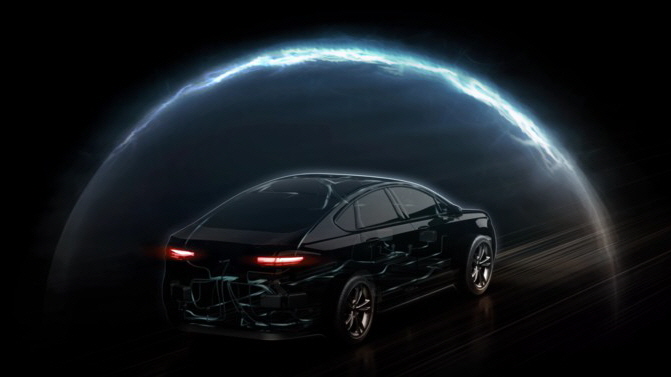AI 컴퓨팅 기술을 선도하는 엔비디아가 자율주행차(Autonomous Vehicles, AV)용 종합 안전 시스템 헤일로스(NVIDIA Halos)를 발표하며 미래 자율주행 기술 발전에 한발 더 다가섰다.
‘헤일로스’, AI 훈련·시뮬레이션·배포 종합적 프레임워크 구축
AI 기반 엔드 투 엔드 스택, 클라우드부터 차량 본체까지 지원
AI 컴퓨팅 기술을 선도하는 엔비디아가 자율주행차(Autonomous Vehicles, AV)용 종합 안전 시스템 헤일로스(NVIDIA Halos)를 발표하며 미래 자율주행 기술 발전에 한발 더 다가섰다.
엔비디아는 21일 미국 새너제이에서 열린 GTC에서 헤일로스를 공개했다.
헤일로스는 엔비디아의 고유 하드웨어와 소프트웨어 안전 솔루션을 결합한 시스템으로, 자율주행차의 안전성을 대폭 강화할 것으로 기대된다.
헤일로스는 칩, 소프트웨어, 도구, 서비스를 통합한 AI 기반 엔드 투 엔드 스택으로, 클라우드부터 차량 본체까지 안전한 자율주행차 개발을 지원한다.
기술, 개발, 컴퓨팅 세 가지 차원에서 안전성을 포괄하며, 엔비디아 DGX와 OVX 기반의 옴니버스(Omniverse) 코스모스, 드라이브 AGX(Drive AGX) 등을 활용해 AI 훈련, 시뮬레이션, 배포를 아우르는 종합적 프레임워크를 구축한다.
특히, 헤일로스는 강력한 알고리즘과 데이터세트를 통해 안전성을 선제적으로 확보한다.
부적절한 데이터는 훈련 전부터 필터링되며, 엔비디아 옴니버스 블루프린트(Blueprint)와 코스모스 월드 파운데이션 모델(WFM)을 이용한 훈련, 시뮬레이션, 검증 과정에서 안전성을 더욱 강화한다.
엔비디아는 헤일로스와 더불어 AI 시스템 인스펙션 랩(NVIDIA AI Systems Inspection Lab)을 운영하며 자율주행차 기술의 안전성을 검증한다. 이 연구소는 기능 안전, 사이버 보안, AI 안전을 일원화된 프레임워크로 통합하여 검증하며, 주요 글로벌 기업들이 참여하고 있다.
AI 시스템 인스펙션 랩에 참여한 콘티넨탈의 관계자는 “엔비디아와의 협력을 통해 자율주행차 안전 기준을 강화할 것”이라며 기대를 표했다.
헤일로스의 핵심은 플랫폼 안전, 알고리즘 안전, 생태계 안전이라는 세 가지 요소다. 플랫폼 안전에서는 수백 가지 안전 메커니즘과 안전 인증 운영체제를 갖춘 시스템 온 칩(SoC)을 제공하며, 알고리즘 안전은 데이터 생성, 큐레이션 과정에서의 편향 제거와 고도화된 AI 모델 훈련을 지원한다.
생태계 안전은 지속적인 데이터 개선과 자동화된 안전성 평가를 통해 AV 기술의 표준화를 촉진한다.
엔비디아는 헤일로스를 통해 지난 1만5,000년 이상의 엔지니어링 시간, 1,000건 이상의 특허, 240편의 연구 논문 발표 등 방대한 노력을 축적해왔다.
ISO 26262 ASIL D, ISO/SAE 21434 등 주요 국제 안전 인증을 획득하며 글로벌 안전 기준을 충족했다.
